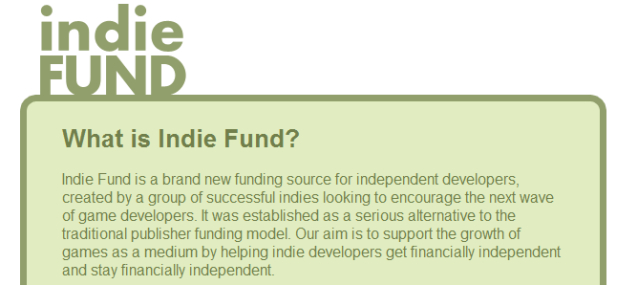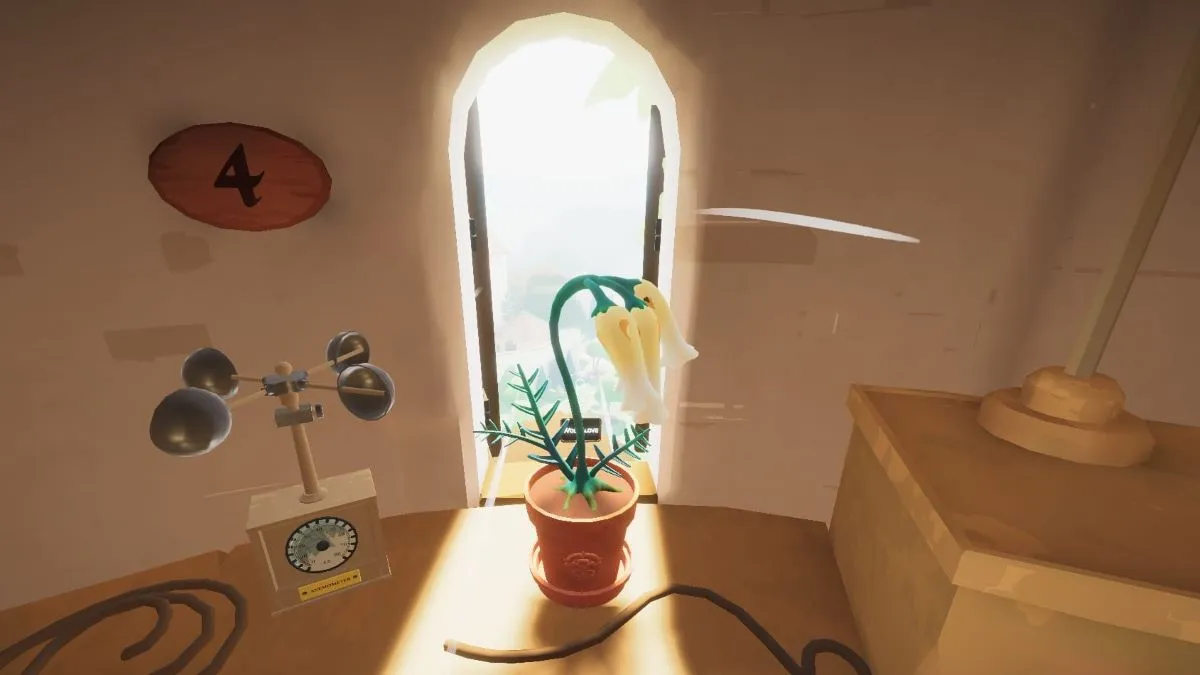The 2010 Independent Games Summit opened today with a talk by Ron Carmel, one half of the 2DBoy team that created World of Goo.
Entitled, “Indies and Publishers: Fixing a System that Never Worked,” Carmel’s talk promised to elaborate on the details of the recently-announced Indie Fund, as well as the publishing environment than spawned it.
Hit the jump for my summary of the talk.
I really wish I’d had a camera at the talk — all of Carmel’s PowerPoint slides were gorgeously illustrated by David Hellman. “If you find yourself not listening to a word I say,” Carmel warned, “it’s his fault.”
Carmel opened by restating the title of tha talk and elaborating on exactly what “never worked” means. He likens the situation of game distribution to basic assumptions about software production twenty or thirty years ago: for a very, very long time, software engineering was treated like most other kinds of engineering, where you create a design doc and then just keep working to achieve what’s in the doc. It wasn’t until the 90’s that people began to truly accept that this sort of development structure is fundamentally incompatible with the iterative design that most software simply needs.
In much the same way, today’s major publishers treat digitally distributed games no differently than retail games. Publishers assume there’s no inherent difference in how these two types of games should be published, which creates problems for everyone.
Publishers give too much money to smaller, digitally-distributed games. A lot of these sorts of games don’t require big budgets, and when the inevitably fail to make a significant return on an oversized investment, it’s problematic for both the dev and the publisher.
Publishers have to take too much money in return from all of their other properties, because they have to offset the money they lost games that failed to make a return. They do this “not because they’re evil,” Carmel says, but because they are financially obligated to do so.
As a result of this format, devs sort of become like tenant farmers: while you’re working on the game you’re still paying out salaries and taking care of bills, and if you get to the end and your game isn’t a gigantic success, you’ve gotta find another publisher and get into the same flawed system all over again until you eventually can’t and have to shut down your business.
Ten to fifteen years ago, you really wanted a publishing deal, because your game simply had no way to make money if it wasn’t on a store shelf. Publishers would pour in a shitload of money for publishing and marketing, taking huge risks by doing so.
But that system is no longer as useful as it once was. It doesn’t work in regards to digitally distributed games. These games are much smaller, being produced by much smaller teams, creating a product that doesn’t need to be physically manufactured or transported, with budgets small enough that they don’t have to sell spectacularly well in order to break even.
Carmel then compared the amount of time it took for World of Goo to get accepted and placed on Steam, versus how much time it took to get the same game out there as a retail, Games for Windows product. For the retail version, it took 2DBoy two months of dealing with lawyers, then another two months making sure their game was technically functional.
With Steam, the entire process took five days.
“To be completely fair, though,” Carmel admitted, “this isn’t a fair comparison.” Steam has beena round for years and is a known quantity, whereas Games for Windows is relatively new. Still, though, it illustrates the inherent problems with the retail system.
You used to need a publisher to get funding and distribution. Thanks to Steam and Greenhouse and Direct2Drive and XBLA, however, you don’t need publishers for distribution anymore. the only thing indies really need, then, is funding — and that’s where the Indie Fund comes into play. (Again, I wish I had a photo, but this was illustrated in Carmel’s slideshow by a sad-looking developer suddenly getting ambushed by the founders of the Indie Fund, who were for some reason drawn as happy little elves).
The Indie Fund, unlike regular publishing processes, is shorter and more transparent so devs won’t be dicked around like they might be by a larger corporation. Devs will talk with single individuals within the fund rather than jumping from lawyers to PR people to managements and back. The funders will allow their devs to work on a flexible development cycle: rather than working off a design doc and a bunch of milestones, which discourages iterative design and often produces shitty games, the funders will periodically compare where the game is versus where it used to be. Devs will not be punished for changing their game’s direction, or not adhering to a year-old idea of what the game should be.
The funders will also take no IP ownership. If the devs don’t wanna make a sequel, they don’t have to. If they do, then they have the freedom to make it for anyone they want. The funders also don’t exercise any control over the IP: if they provide funding for a game, that funding is an implicit vote of confidence in the developers and what they’re trying to do. It’s easy to assume that as the guy with the money, you know what’s better for the game than the developers do. If that ends up being true, however, then the indie fund shouldn’t be helping you out in the first place.
Carmel’s talk ended here, and he took a few audience questions.
How big is the fund? Carmel knew he’d be asked this, and gave out an admittedly pre-canned answer: it’s not the size of the fund that matters, so much as it is the number of games they can successfully develop in a year that make good use of the investment.
Another audience member asked how the Indie Fund will deal with distribution. According to Carmel, it won’t. The typical model looks like a chain, of developer-publisher-distributor; the distributor gets the money and gives it to the publisher, who then gives some to the developer. The Indie Fund will work differently, where the dev goes off and finds a distributor on their own, then gives a percentage of the revenue to the fund after paying off the initial investment.
When asked how the fund came about, Carmel mentioned that at last year’s GDC, a group of indies were trying to figure out how to get funding using everything from bootstrapping to government grants. Eventually, they found that there was enough money being made in the indie community to justify pulling some money together to help other indies out.
An audience member from Africa asked if the Fund would be interested in funding a game made by an African company, since the game development community there isn’t as well-recognized as those in the western worlds. Carmel responded that for much of World of Goo‘s development, he and Kyle Gabler weren’t even on the same continent. Since everything’s digitally distributed, location doesn’t matter.




